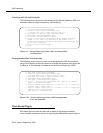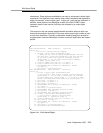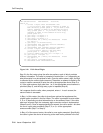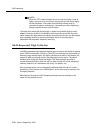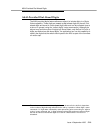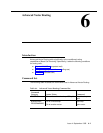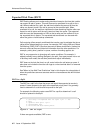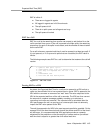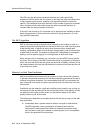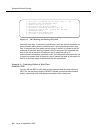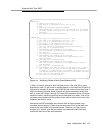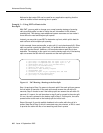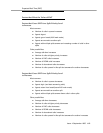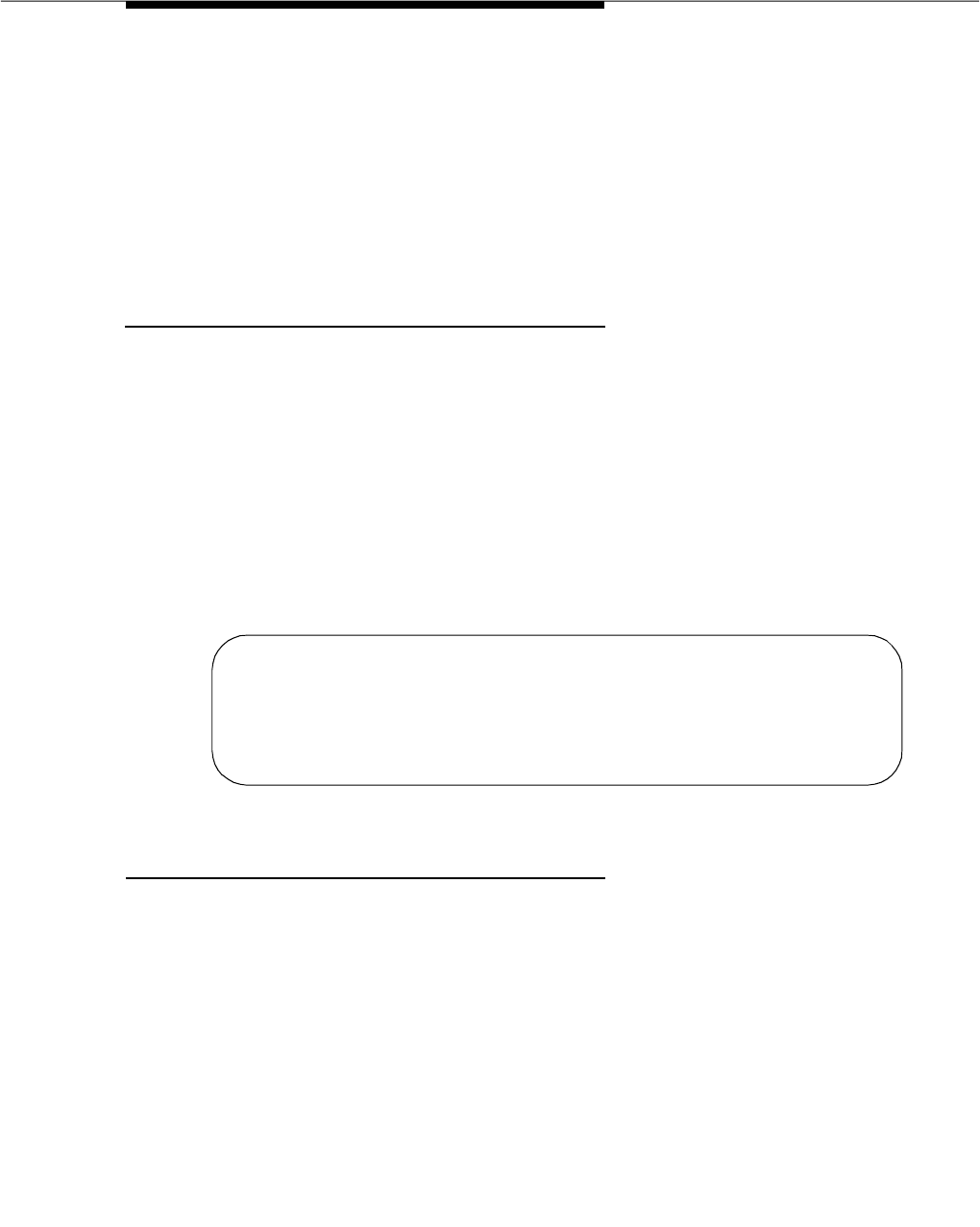
Expected Wait Time (EWT)
Issue 4 September 1995
6-3
EWT is infinite if:
■ There are no logged-in agents
■ All logged-in agents are in AUX work mode
■ The split queue is full
■ There is no split queue and all agents are busy
■ The split queue is locked
EWT for a Call
EWT for a call is the remaining time a caller can expect to wait before his or her
call is serviced from queue. If the call is queued to multiple splits, the remaining
queue time for each of the splits is calculated, and the shortest of these is taken
as the call’s EWT.
For a call to have an expected wait time it must be queued to at least one split. If
it is not queued, or if it is queued to splits that are not staffed, the EWT value is
infinite.
The following example uses EWT for a call to determine the treatment the call will
receive.
Figure 6-2. EWT for a Call
Passing EWT to a VRU
As stated, the Expected Wait Time for a call can be passed to a VRU so that a
caller can be notified of his or her expected time in queue. EWT is passed to the
VRU with the
converse-on
command as “wait” data. The value outpulsed to the
VRU is the expected wait time of the call in seconds. The VRU can then convert
the seconds to a spoken message probably rounding up to minutes or
converting to minutes and seconds. The expected wait is calculated after the
VRU port answers the call, so queuing to a converse split does not adversely
impact the EWT value passed to the VRU.
The wait time passed to the VRU is the most accurate prediction possible. On the
average 50% of the time the actual wait time will be shorter and 50% of the time it
will be longer. It is recommended that VRU applications make an upwards
adjustment of the prediction so that the majority of callers receive a predicted
wait time that is equal to or greater than their actual wait time.
1. queue-to main split 1 pri m
2. check-backup split 2 pri m if expected-wait < 30
3. goto step 5 if expected-wait for call < 9999
4. busy
5. announcement 3001
6. wait-time 998 secs hearing music



